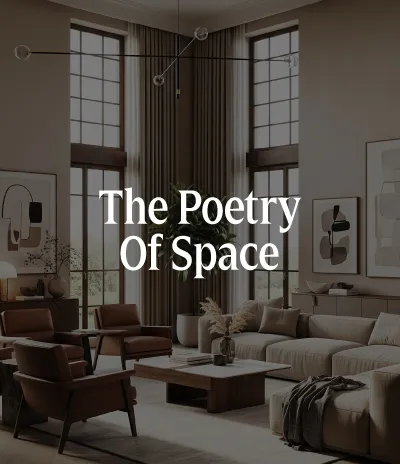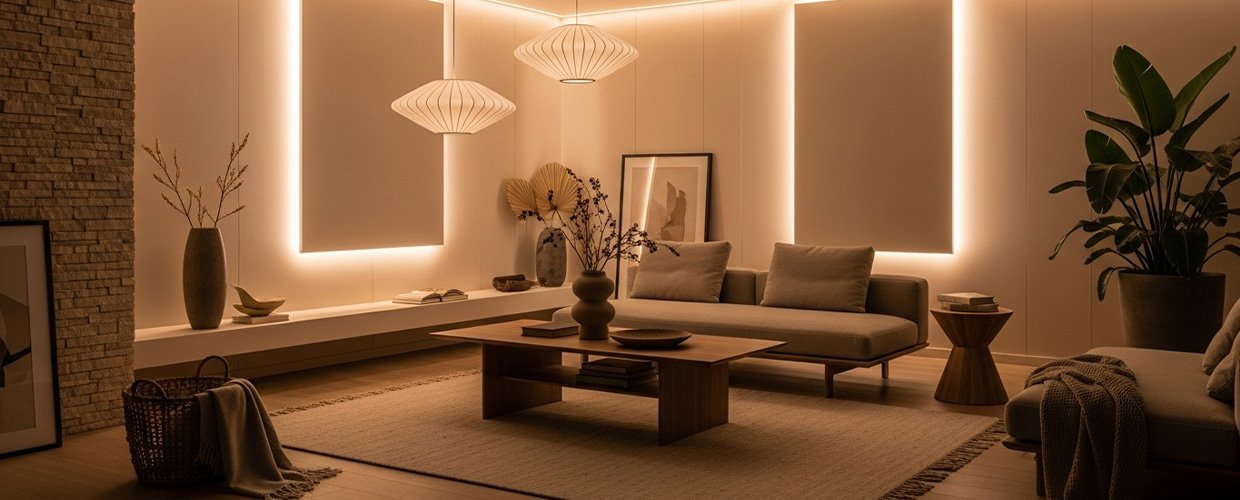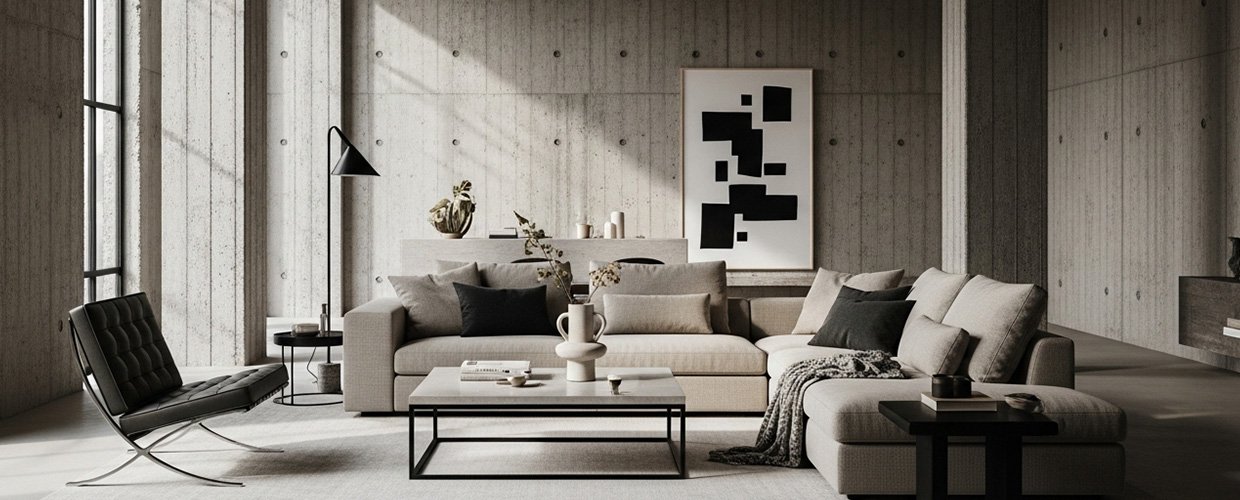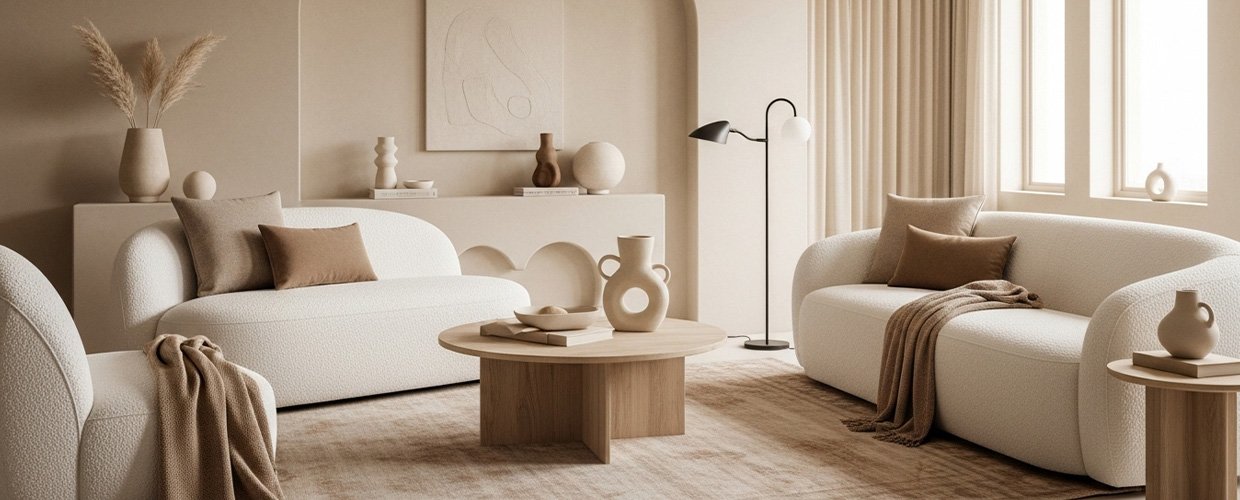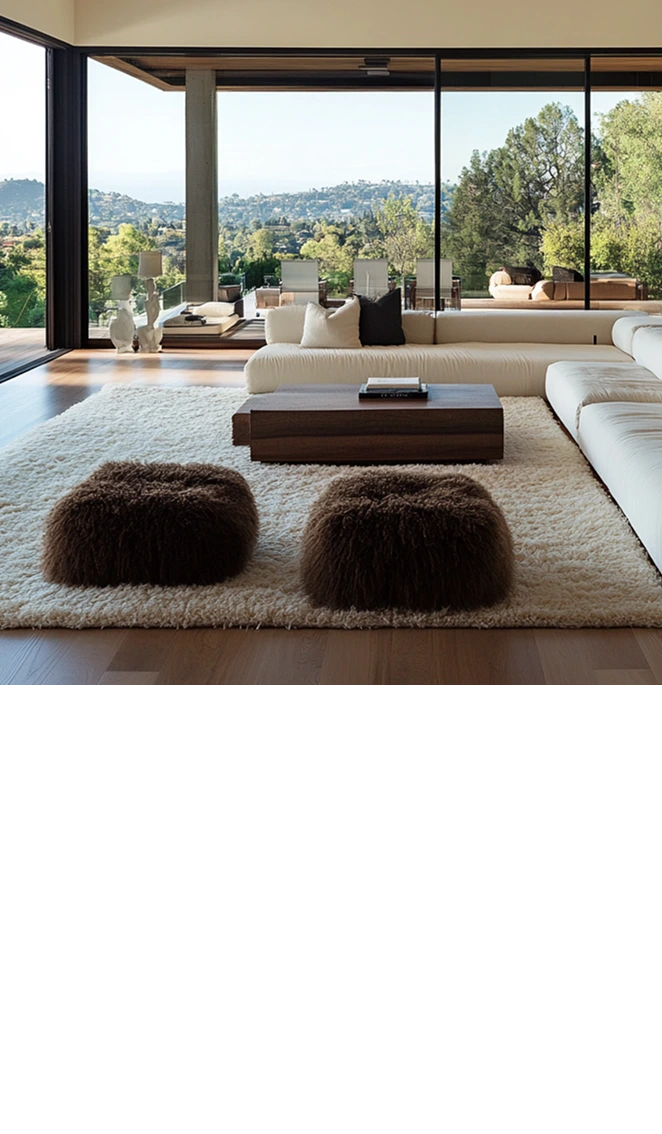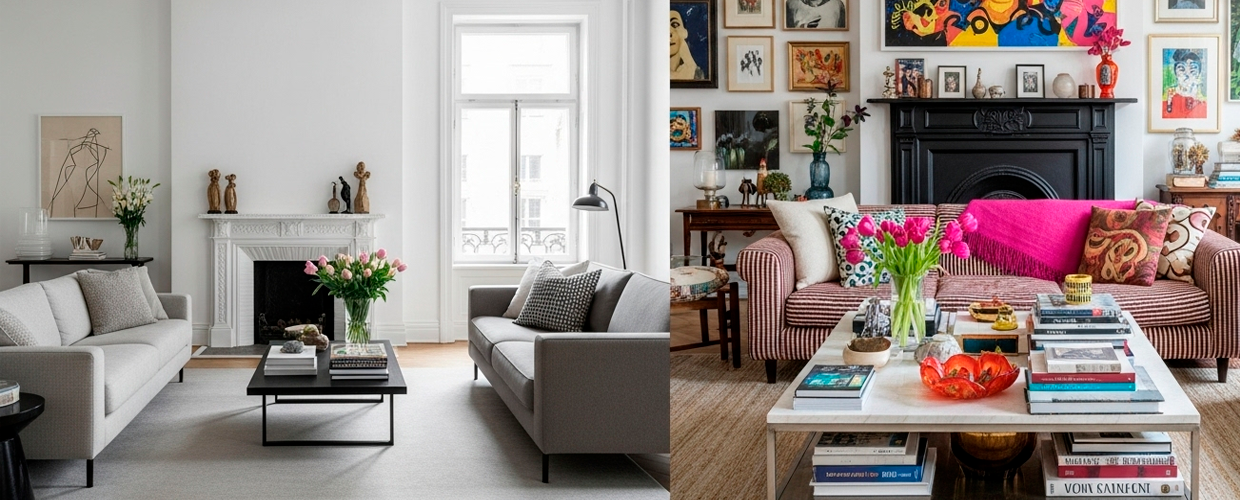
July 25, 2025
Minimalism vs. Maximalism: Which Design Style Fits Your Lifestyle?
In the ever-evolving world of interior design, two contrasting styles have emerged as frontrunners: minimalism and maximalism. Each design philosophy offers a unique approach to living spaces, shaping the ambiance and functionality of a home. Minimalism, characterized by its simplicity and focus on functionality, encourages a clutter-free environment that emphasizes quality over quantity. It appeals to those who find peace in open spaces and clean lines, where every element serves a purpose. On the other hand, maximalism embraces the ‘more is more’ philosophy, celebrating bold colors, rich textures, and an eclectic mix of decor. This style is perfect for individuals who thrive in vibrant, visually stimulating environments that tell a story through layers of personal expression. Understanding the core principles of these design styles is crucial as they can significantly impact your lifestyle and personal well-being. Whether you are drawn to the serene and orderly world of minimalism or the dynamic and expressive realm of maximalism, aligning your living space with your personal preferences can enhance your daily life. As you explore these styles, consider how each one aligns with your values, lifestyle, and aesthetic preferences. This article delves into the nuances of minimalism and maximalism, providing insights into which design style may best fit your lifestyle, and helping you make an informed decision about your living space.
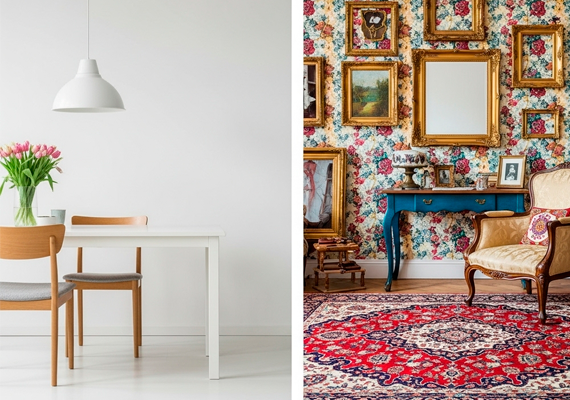
Minimalism, at its core, is about stripping down to the essentials. This design style is deeply rooted in the idea that less is more, emphasizing space, light, and object functionality. The minimalist approach often features a neutral color palette, relying on whites, greys, and earth tones to create a serene and uncluttered environment. Furniture and decor in a minimalist space are chosen for their simplicity and utility, with each piece serving a specific purpose to avoid unnecessary clutter. This style is particularly appealing to those who seek tranquility and order in their surroundings, as it promotes a sense of calm and focus. Minimalism encourages mindful living, where every item in your home is intentional and meaningful. It’s an ideal choice for individuals who prefer a tidy, organized space that allows for mental clarity and relaxation. In contrast, maximalism is a celebration of excess and individuality. It is characterized by bold colors, diverse patterns, and a mix of textures and styles. Maximalist spaces are often filled with art, books, and collectibles, each telling a story about the inhabitant’s life and interests. This style is perfect for those who enjoy a vibrant, dynamic environment that sparks creativity and conversation. Maximalism allows for personal expression and creativity, encouraging homeowners to showcase their personality through their decor choices. It’s a style that thrives on contrast and diversity, creating a visually stimulating space that can be both energizing and comforting. While minimalism focuses on the essentials, maximalism celebrates the abundance of life’s experiences, making it an ideal choice for those who cherish their personal collections and memories.

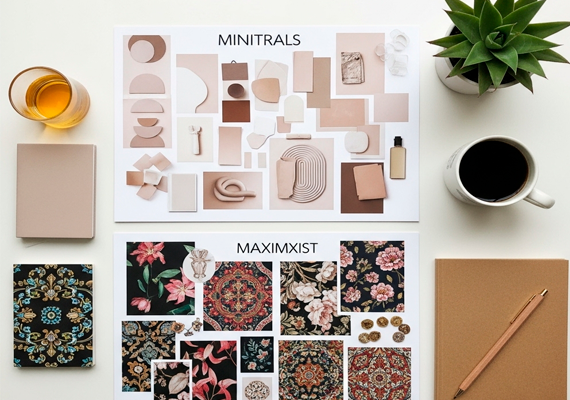
Choosing between minimalism and maximalism ultimately depends on your personal preferences and lifestyle needs. Minimalism offers a peaceful, organized environment that promotes clarity and mindfulness, making it ideal for those who value simplicity and order. It can help reduce stress by eliminating clutter and focusing on the essentials. On the other hand, maximalism provides a rich tapestry of colors, textures, and stories, perfect for individuals who thrive in lively, expressive spaces. It encourages creativity and personal expression, allowing you to showcase your unique personality and interests. Both styles have their own merits and can significantly impact your living experience. When deciding which design style fits your lifestyle, consider how you want your space to make you feel and how it will support your daily activities. Reflect on what brings you joy and comfort, and how each style aligns with your values and aspirations. Ultimately, the best design choice is one that enhances your well-being and complements your way of life, creating a home that truly feels like your own.
TRENDING NOW

